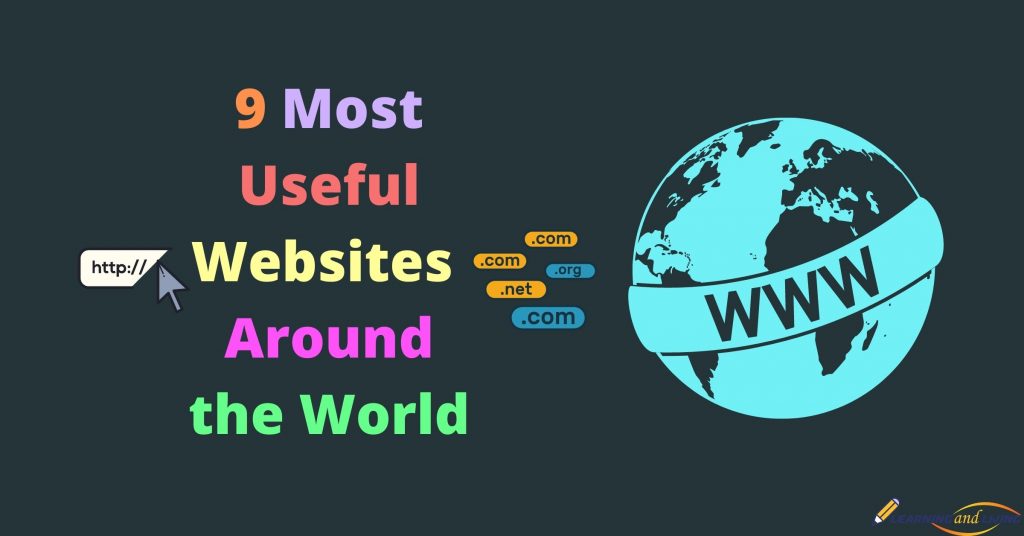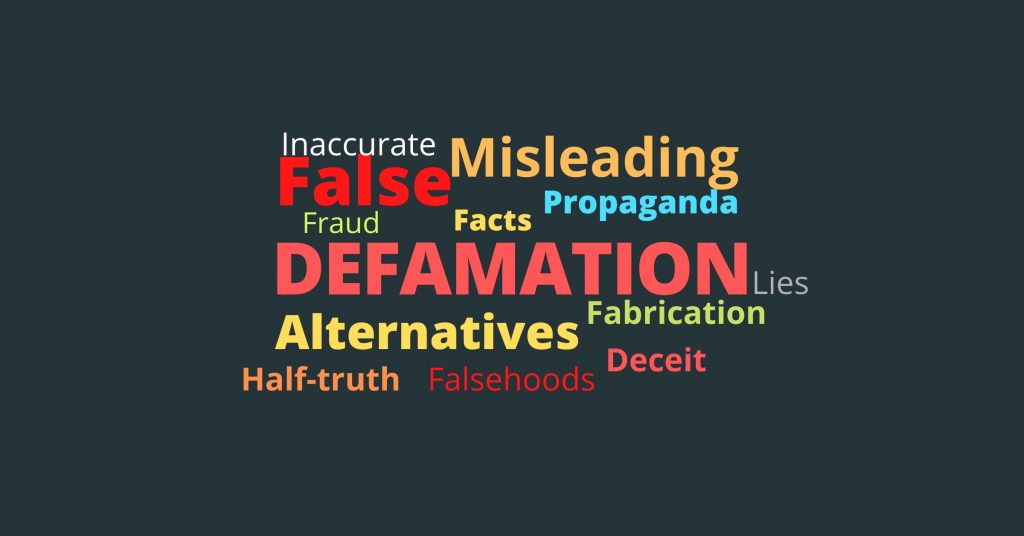What is hydroponics? Cultivation of plants without soil! Yes, Hydroponics, one sort of Horticulture, is the cultivation of plants without soil, by using a solution of water and nutrients. You can grow your desired healthy foods indoor and very easily using hydroponic systems.
The hydroponic system is as amazing as it sounds. Just set your goal and grow endlessly throughout the year. and But if you want to know what hydroponics systems actually are and how they function, go through this article. In this article, we will discuss different types of hydroponic systems, hydro farming, hydroponics plants, etc.
What is hydroponics?
The word hydroponics came from the roots “hydro”, meaning water, and “ponos”, meaning labor. However, basically, in this process, plants do not stand on the water; rather function by standing with their roots in a nutrient-rich solution. This system can help you grow plants and vegetables faster, in half the time, and throughout the year. Now we are going to know a bit more about it.
When to use Hydroponics:
The answer to what is hydroponics actually tells us when to use hydroponic systems. When you have relatively less space, you need to conserve soil and water, most importantly, you want your plants to yield more, you can use this subset of hydroculture, the Hydroponics system. If we put this simply, people, who do not possess an outdoor gardening plot, can rely on this system.
Function of Hydroponics:

Ruling out the influence of Mother Nature, in a controlled environment, plants survive using a process called photosynthesis, in which plants use sunlight and chlorophyll to convert carbon dioxide and water into glucose and oxygen. In this case, we all are well aware of the chemical equation:
6CO2 + 6H2O → C6H12O6 + 6O2.
Actually, Hydroponics is a system, in which water and the growing media replace the soil. Nutrients, added to the water, moved to the growing media using the plant roots, usually by a water pump. Water and the growing media play the role to transfer the nutrients in the water and keep the roots oxygenated. To be mentioned, this whole process needs to be dealt with a very careful manner, e.g., controlling air circulation, lighting, water quality, etc.
Components of a hydroponic system:
There are some essential components of hydroponics system. To keep flourishing your hydroponic system, you need to know a few components that male hydroponics run efficiently. Here goes the list.
- Growing media: Growing media, the substitute for soil, however, it does not provide any independent nutrition to the plant. Nutrients, added to the water, moved to the growing media using the plant roots, usually by a water pump.
- Air stones and air pumps: They are essential to disperse tiny bubbles of dissolved oxygen throughout your nutrient solution reservoir.
- Net pots: Net pots are mesh planters that hold hydroponic plants.
Kinds of Hydroponics:
You may find hundreds of hydroponic methods, but, basically, all of them are a modification or combination of six basic hydroponic systems.
- Deepwater culture systems
- Wick systems
- Nutrient film technique systems
- Ebb and flow systems
- Drip systems and
- Aeroponics
Find a suitable kind of Hydroponics System for you:
A very careful process is choosing the right suitable system for you. If you are a beginner, you can choose one of these three options:
- The water culture system
- The ebb and flow system
- The wick system
If you are looking for advanced systems then you have:
- The nutrient film technique
- The aeroponic system
Pros and Cons of Hydroponics:
Actually, as a reasonable man, before you go for this soilless cultivation, you better know the pros and cons of this system.
Pros:
- As plant roots directly contact with the nutrients and get all the energies put there, the growth rate is much better in this system.

- It is a soilless method. If you do not have an outdoor gardening place or your available piece of land is heavily contaminated, you can apply Hydroponics and grow like others.
- Hydroponics saves water. Therefore, it’s going to be adopted as a fruitful solution in near future to save water.
- You can nutrients very effectively. Only the specific amounts of foods that plants need are added to the solution, and only to the solution. Therefore, you control both the ways to ensure the proper use of nutrients.
- This system helps you grow plants and vegetables faster, in half the time.
- You can grow plants and throughout the year.
Cons:
- You need to have technical knowledge and experiences regarding some stuff, e.g., Growing media, amount of nutrients, the interval of each action, etc. Other than that, it will be a failure.
- Initial expenses are a bit high. To buy all the necessary equipment for the system, you will need some money to spend.
- System failure and power outage are to main drawbacks of this system. Everything is fine until a power outage happens. It could be devastating.
- There is a debate concerning the issue of whether hydroponically grown foods are organic or not.

